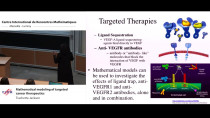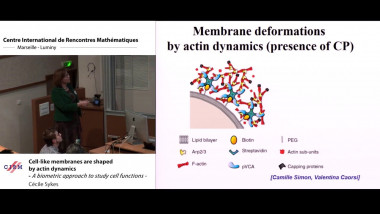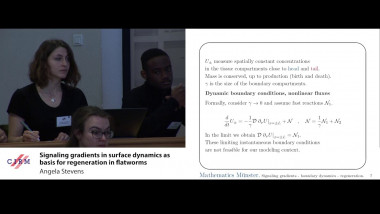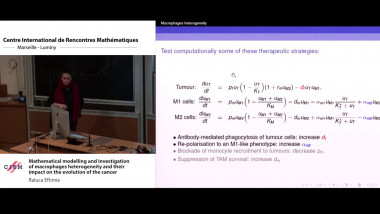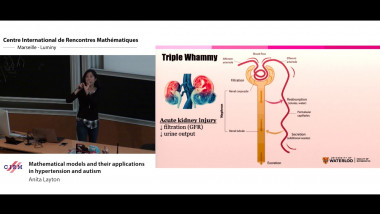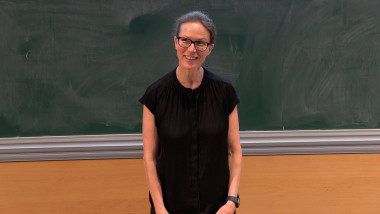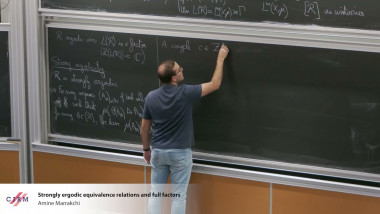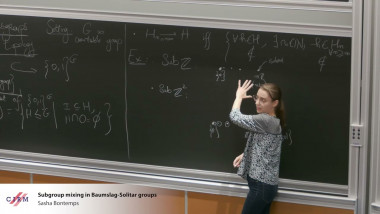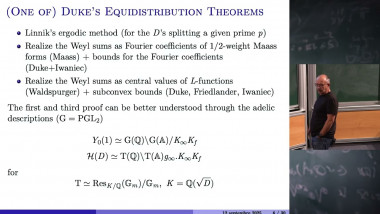Cell-like membranes are shaped by actin dynamics:a biometric approach to study cell functions
By Cécile Sykes
The detailed mechanisms of many cell functions such as motility, traffic, division or filopodia formation is difficult to address due to cell complexity. In all these functions, a common observation is that cytoskeleton assembly correlates with membrane deformation based on active forces. The exact role, in particular, of the actin cytoskeleton in cell membrane deformation, with pushing or pulling forces is what we address here experimentally. We conceive stripped-down experimental systems that reproduce cellular behaviours in simplified conditions: cytoskeleton dynamics are reproduced on liposome membranes. Inspired by how actin forces can exert forces on membranes and organelles, we address now how the nucleus, which is the most rigid cell organelle, is deformed by the actin cytoskeleton during cell translocation. Actin polymerization through the growth of a branched actin network is able to initiate membrane tubules and spikes by pushing or pulling, which mimics the formation of endocytic vesicles and filopodia. By changing experimentally membrane tension and cytoskeleton structure, we displace the system within a phase diagram where inward or outward deformations are favoured. Moreover, shells of branched actin networks grown around liposomes display buckling and wrinkling under an osmotic deflation, thereby confirming their elastic properties. The time during which we let the network grow around liposomes allows us to vary the shell thickness, and to unveil the transition at which buckling or wrinkling occurs. Our results are in excellent agreement with the general mechanisms of buckling and wrinkling found in various systems spanning from pollen grains to the development of the gut or the brain. The role of actin on membrane trafficking is unveiled by using preformed membrane tubes and growing an actin network around them in a form of a sleeve. We show that actin is able to modulate the thickness of tubes maintained under force. In a cell, where membrane tubes are constantly pulled by motors walking on microtubules, we predict that actin provides a way of maintaining a variety of tube thicknesses. We study the translocation of the nucleus when cells move through narrow spaces that are smaller than their nuclei. We find that proteins of the nuclear membrane, such as nesprins, accumulate at the nucleus front during nucleus deformation and pull the nucleus forward.











